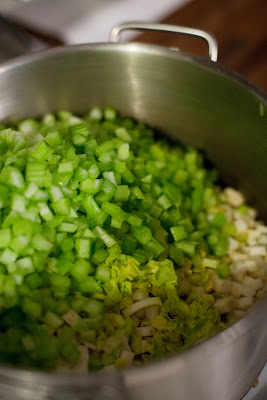Dear Michelle-
Those eggs sounded so good that I made soft-scrambled eggs and toast for breakfast today. I added a creamy blob of butter halfway through, and some rosemary salt from The Meadow in Portland on top. It was amazing. I love the table cloth you are using in the photos of the eggs!
I've been on a diet of sorts the past two weeks or so. It's not a losing weight diet, but the cleansing sort. It is designed to be easily digestible, to reduce the amount of energy the body puts into dealing with digestion and daily elimination of toxins, which leaves more energy for eliminating built-up toxins and inflammation. Exciting, huh? Just wait! Not allowed is any grain with gluten, refined sugar, alcohol, caffeine, soy, or any animal products besides chicken meat (apparently very easy to digest--who knew?) and Indian clarified butter, ghee.
As you can see, there's not much variety called for in the diet, but it's not supposed to be about gastronomy. This was perhaps the hardest thing for me to deal with. My daily diet consisted of oatmeal with applesauce (unsweetened, organic) in the morning, and lunch and dinner were servings of kichadi, a mixture of spices with mung beans, rice, and vegetables. It wasn't so bad, and I found a spice mixture that was to my liking, but there's no way to get around that kichadi=mush. The things that made it more exciting were an allowance of chutneys and ghee. I bought a couple of chutneys, whipped up an additional easy apple-apricot-ginger chutney, and have made two batches of ghee.
I thought until recently that ghee and clarified butter were one and the same, but that's not the case. Butter is made up of three things: fat, water, and milk solids. Clarified butter is just the fat; ghee is the fat after the milk solids have toasted a little, lending to it a delicious nutty flavor and a gorgeous golden color. The advantage to using this "purified" butterfat over regular butter is that it does not burn as easily, so it can be used to impart a buttery flavor to foods in which you'd otherwise have to use oil. I don't know if this technically means that ghee has a higher smoke point than butter does, but the milk solids present in butter do burn before the oil does.
Ghee is also okay to eat for those people who are sensitive to dairy, a big treat if you have otherwise been avoiding butter. I know that there are supposedly good butter replacements out there, but let's be honest here for a minute--all things being equal, would anyone choose margarine over good, old fashioned butter?
Because the milk solids and water have been taken out, all clarified butters have a longer shelf life than regular butter does. One can see why that would be so valuable in a hot country like India, so it is not surprising that ghee has a sacred role in some Hindu rituals, as well as a hymn dedicated to it. It is much used in Ayurveda, traditional Indian medicine.
Making ghee is pretty easy. So easy, in fact, that I don't even need to write out a real recipe. Put butter in a deep pot. I used a pound, and most sites say that you'll lose about a quarter of volume in the process of cooking. Heat the pot on very low. The butter will melt, then develop film. It will pop and sputter, and fill your kitchen with a heavenly scent. The film on top becomes harder (this can be skimmed, I don't bother), and some milk solids will fall to the bottom of the pot. Once the popping and sputtering stops, about a half hour in, you have clarified butter. If you want to make ghee, watch the pot closely at this point; you want the milk solids on the bottom to brown lightly, BUT NOT TO BURN. Once browned and toasty-smelling, pull from the heat. The easiest way to decant this is to line a strainer with cheesecloth and poor through to a medium sized mason jar. This should hold indefinitely in the fridge. Below are photos of the various stages that butter goes through to clarify. I'd recommend cooking it in a large enough pot that the uncooked butter covers most of the bottom of the pot; I made some ghee recently that burned before it had stopped popping, I think because the melted butter was too shallow.
















































